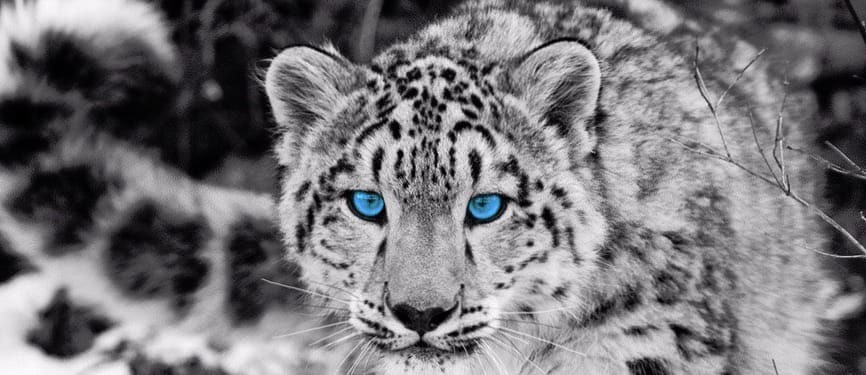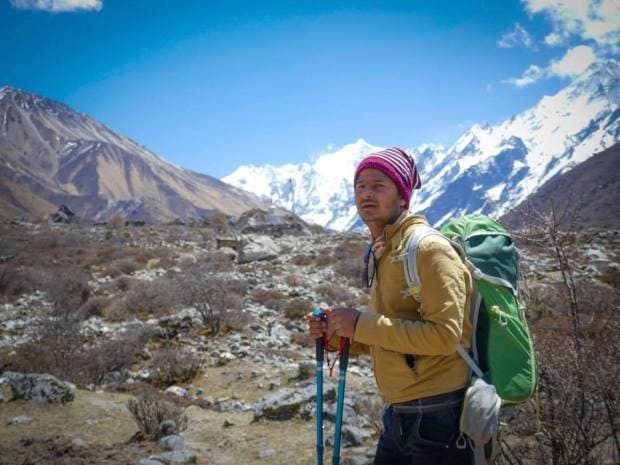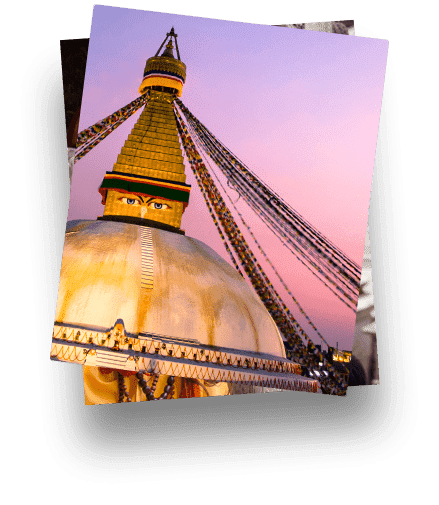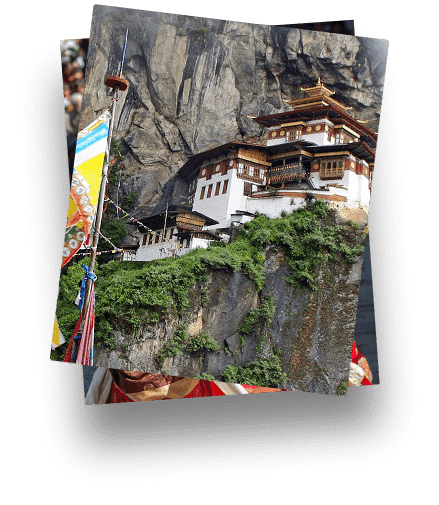You can contact us by e-mail or phone
from uk
x
outside uk
+44 1405 862917
from uk
x
outside uk
+44 1405 862917
Essential Information
Important Trek & Activity Information

Essential Information
Important Trek & Activity Information
x
TRAVEL GUIDES
Everything you need to Know
Whether you're a first time visitor or a regular, our handy and illustrated travel guides showcase the beauty and wonders of Nepal and Bhutan, as well as containing lots of useful information too.

Snow Cat Travel is the brand name of and trading as Rural Heritage Journeys PVT LTD of Nepal with a Head Office in Kathmandu. Our parent company
Rural Heritage Nepal owns and operates select boutique, heritage hotels in Nepal such as the Famous Farm at Nuwakot and the Old Inn at Bandipur.
© 2025 x.
All rights reserved. x is a Registered Trade Mark UK 00003289264
All rights reserved. x is a Registered Trade Mark UK 00003289264



